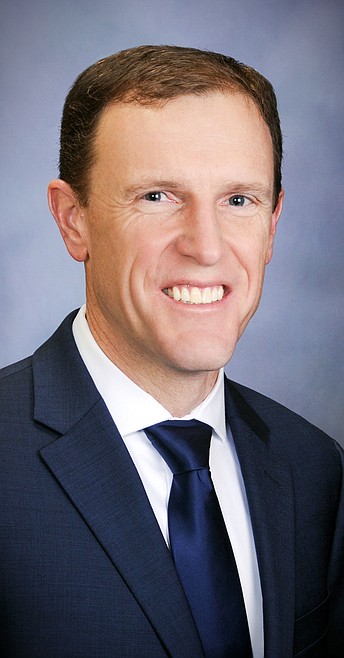Idaho legislators head back to Boise
|
January 21, 2021 1:00 AM
Your northern Idaho legislators have gone south for the winter again. Representative Sage Dixon, Representative Heather Scott, and I arrived in Boise this past week for the first session of the 66th Idaho Legislature. ...
Become a Subscriber!
You have read all of your free articles this month. Select a plan below to start your subscription today.
Already a subscriber? Login



